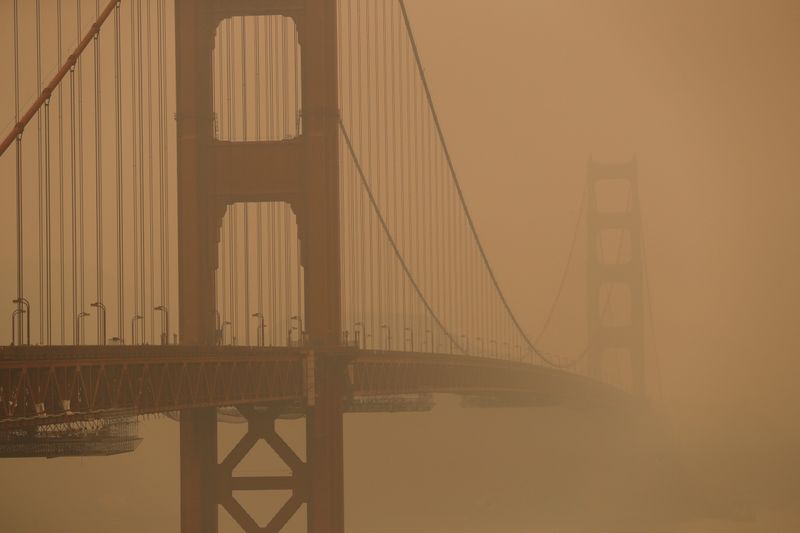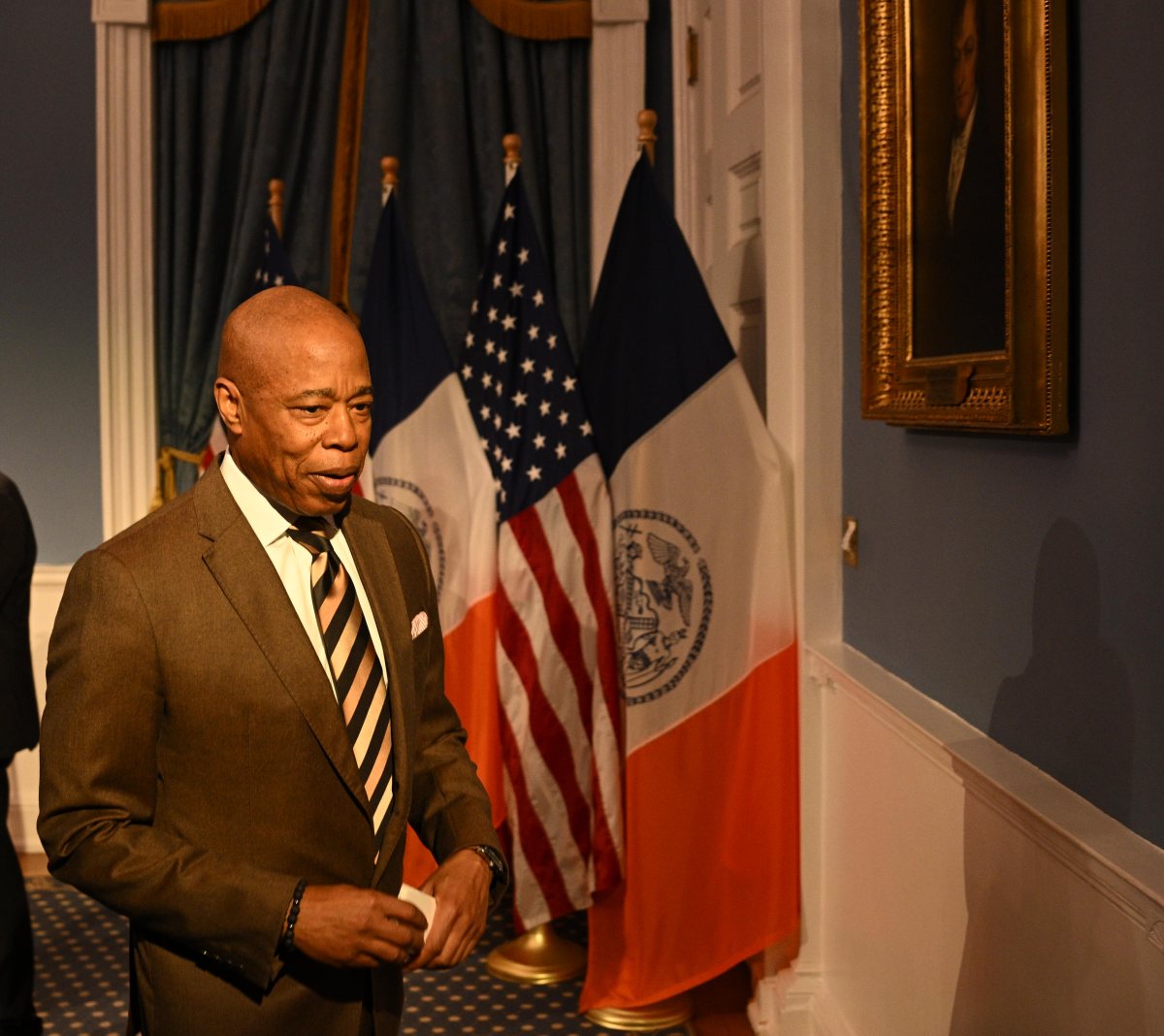SACRAMENTO, Calif./WASHINGTON, D.C. (Reuters) – Air quality in five major cities in Oregon was the worst on record as the state continues to be blanketed by thick smoke from wildfires ravaging nearly 5 million acres in the U.S. West, environmental officials in the heavily forested state said.
The fires have generated so much smoke that along with hazardous air from California to Washington state, skies above the U.S. capital have also taken on a hazy din, thanks in part to smoke wafting thousands of miles from the West Coast.
The unprecedented wildfires – burning across a total of some 4.5 million acres (1.8 million hectares) as of Tuesday – have burned through towns in Oregon while also devouring forests in California, Washington and Idaho. The resulting blanket of ash and smoke has made the region’s air quality among the worst in the world.
Hardest hit is Oregon, where tiny bits of smoke and ash known as particulates have reached the highest levels on record in Portland, Eugene, Bend, Medford and Klamath Falls, the state’s Department of Environmental Quality said on Tuesday.
Air this week in all five cities was rated “hazardous” according to air quality standards, and in Bend, the air quality index topped 500, exceeding the air quality scale altogether, the department said.
Satellite images show that some of the smoke from the fires, traveling on the jet stream at high altitude, has wafted east as far as New York and Washington, D.C., according to the National Weather Service.
That smoke is not necessarily reducing the air quality near the ground, though.
John Simko, a spokesman for the National Oceanic and Atmospheric Administration, said that generally, such particles are carried high on the wind and may not come close enough to earth to impact air quality.
He did not address air quality in a specific region of the country. But on Tuesday, measures of fine particulate matter, known as PM2.5, in New York and Washington, D.C., were within a range considered safe by U.S. standards.
(Reporting by Sharon Bernstein in Sacramento, California and Katy Daigle in Washington, D.C.; Editing by Dan Grebler)























